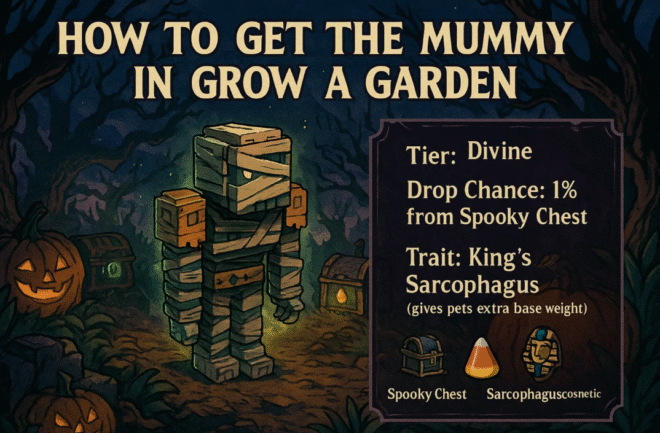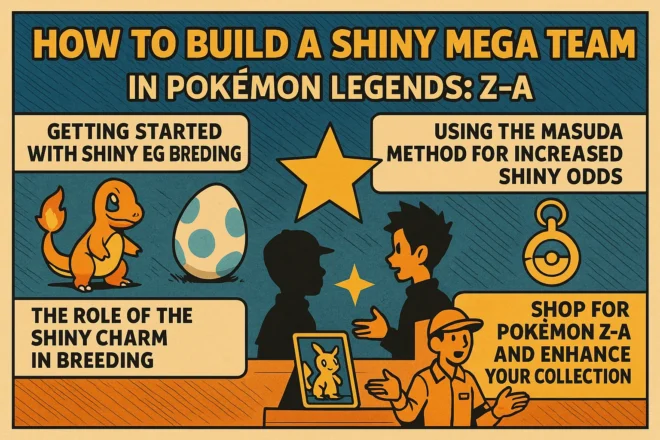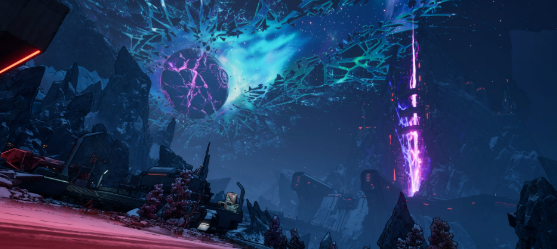With Black Ops 7 just around the corner, the Call of Duty League community is already buzzing with roster discussions and power rankings. Now that most teams have confirmed or rumored lineups, it’s time to take a closer look at where each squad stands heading into the next competitive season. Based on the latest roster updates, scrim rumors, and overall player potential, here’s a breakdown of what to expect from the upcoming BO7 season — and how these changes might affect both the pros and players grinding in black ops 7 bot lobbies.
Optic: Still the Benchmark
No surprises here — Optic remains the clear S-tier favorite heading into Black Ops 7. Coming off back-to-back championships at both Champs and EWC, this roster has proven its dominance. Their chemistry, coordination, and individual mechanics remain unmatched. Unless they face major internal issues, Optic is poised to set the pace for the entire CDL once again.
For casual players and competitors alike, Optic’s strategies often serve as a blueprint for improving gameplay in BO7 bot lobbies. Watching how they rotate, hold angles, and manage tempo offers valuable lessons for anyone looking to climb faster in ranked or practice modes.
LA Thieves: The Closest Contenders
The LA Thieves are shaping up to be Optic’s biggest rivals. With Kenny and Azy joining Scrappy and Hydra, this squad brings a mix of proven chemistry and raw slaying power. Their ceiling is clearly S-tier, and while consistency has occasionally been their downfall in the past, the new lineup feels like a step in the right direction.
Many competitive players are already testing LAT-style setups in black ops 7 bot lobbies to emulate their aggressive map control and fast-paced mid-round adjustments. If LAT can maintain focus across long series, they could challenge Optic for the top spot.
Vegas FaZe: Underrated but Dangerous
The rebranded Vegas FaZe might be the most polarizing roster of the offseason. Critics doubt their synergy, but this lineup has huge upside. Players like Draza and Abuza bring raw talent and championship experience, while O4 and S anchor the team with consistent firepower.
Despite inconsistent performances in BO6, FaZe’s mix of personalities and playstyles could thrive under the new Black Ops 7 meta. Expect them to fluctuate between A and B tier throughout the year — capable of stunning top teams one week and struggling the next.
For those grinding U4N or farming XP in BO7 bot lobbies, Vegas FaZe’s balanced team composition is a great model for building flexible, multi-role loadouts that adapt to any matchup.
Toronto Koi: A Potential Dark Horse
Toronto Koi’s new roster featuring Joe Deceives, Real, Kleenex, and Insight looks like a solid B-tier lineup — but with potential to climb higher. The addition of Real from the Miami Heretics gives them explosive slaying power, while Insight’s composure and leadership anchor the backline.
The main challenge will be consistency. This team could easily upset a top roster one match, then underperform the next. Still, their mechanical talent and teamwork make them a serious threat in early tournaments.
The Middle of the Pack: Gentle Mates, Falcons, and Boston Breach
Several mid-tier teams are entering Black Ops 7 with uncertain trajectories. Gentle Mates (Ghosty, Envoy, Neptune, and Cib) could peak as high as S-tier but suffer from occasional inconsistency. The Falcons’ roster, featuring Selium and Kismmet, has strong individual players but may lack cohesion in early events. Meanwhile, Boston Breach looks improved with Nasty replacing Awakening — though their “hot and cold” nature remains a concern.
These squads will likely trade wins in qualifiers but struggle to maintain top-three form. For everyday players experimenting in black ops 7 bot lobbies, these teams’ flexible approaches are worth studying — particularly how they adapt strategies mid-match and test different compositions.
The Lower Tier: Carolina Ravens, G2 Minnesota, and Cloud9 New York
Unfortunately, the lower-tier teams have a tougher road ahead. The Carolina Ravens’ mix of rookies (Craze and Lurks) with veteran Slasher might not be enough to push them past the D tier. G2 Minnesota’s lineup feels disjointed, with several players lacking clear roles, while Cloud9 New York’s roster — though mechanically capable — doesn’t appear to have the slaying consistency needed for long-term success.
Still, the early season could bring surprises. We’ve seen rookie duos explode out of nowhere before. For fans, these teams are worth keeping an eye on during the first split of Black Ops 7.
With so many new combinations and returning stars, Black Ops 7 is shaping up to deliver one of the most competitive CDL seasons in years. Optic remains the team to beat, while LA Thieves and Vegas FaZe could make serious noise depending on how quickly they mesh. Meanwhile, dark horse teams like Toronto Koi might shake up the standings when the meta stabilizes.
For players looking to sharpen their mechanics or experiment with loadouts in BO7 bot lobbies, now’s the perfect time to prepare for the new season. As always, platforms like U4N will see renewed activity as players test strategies, grind XP, and get ready for ranked competition.








